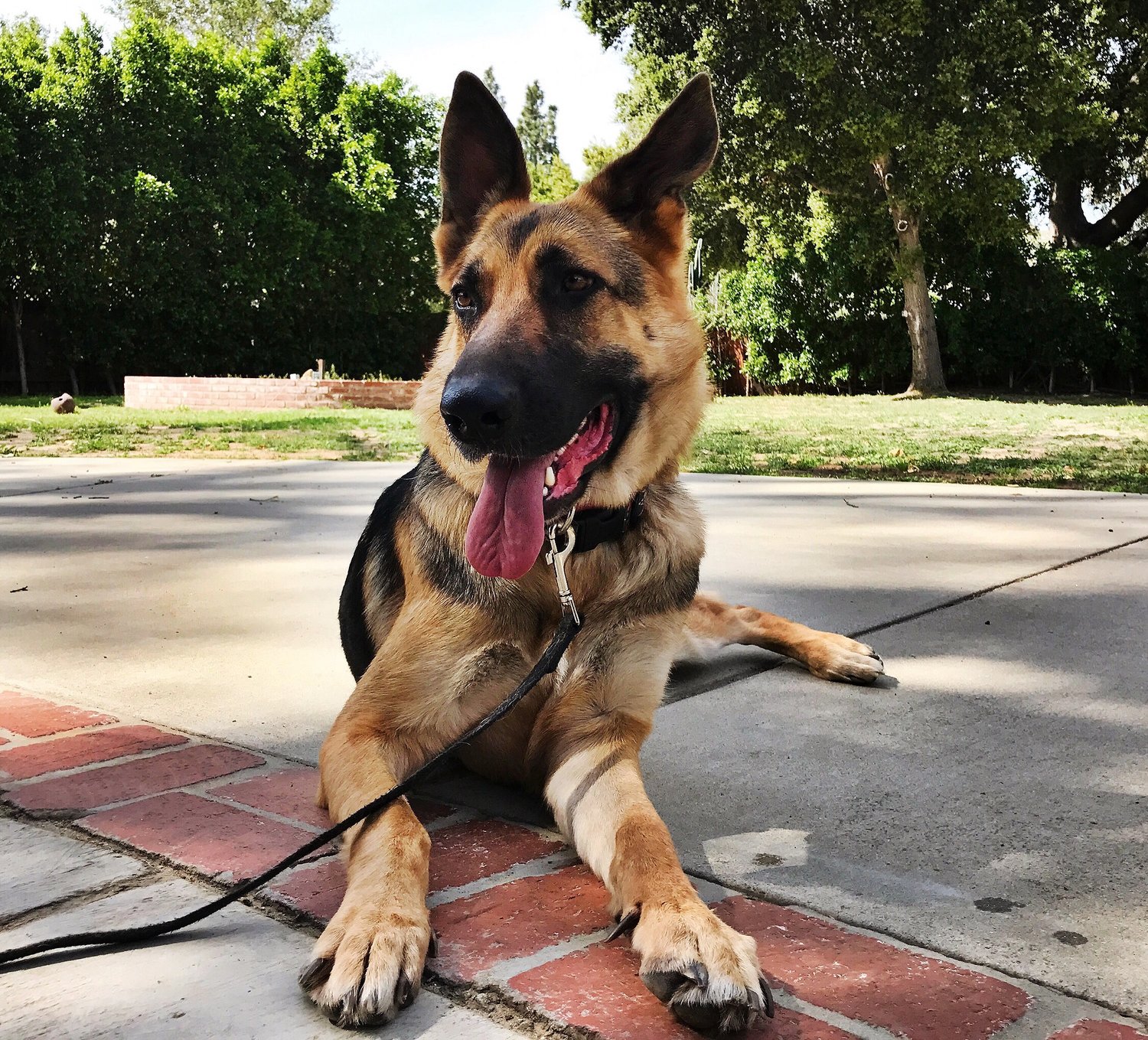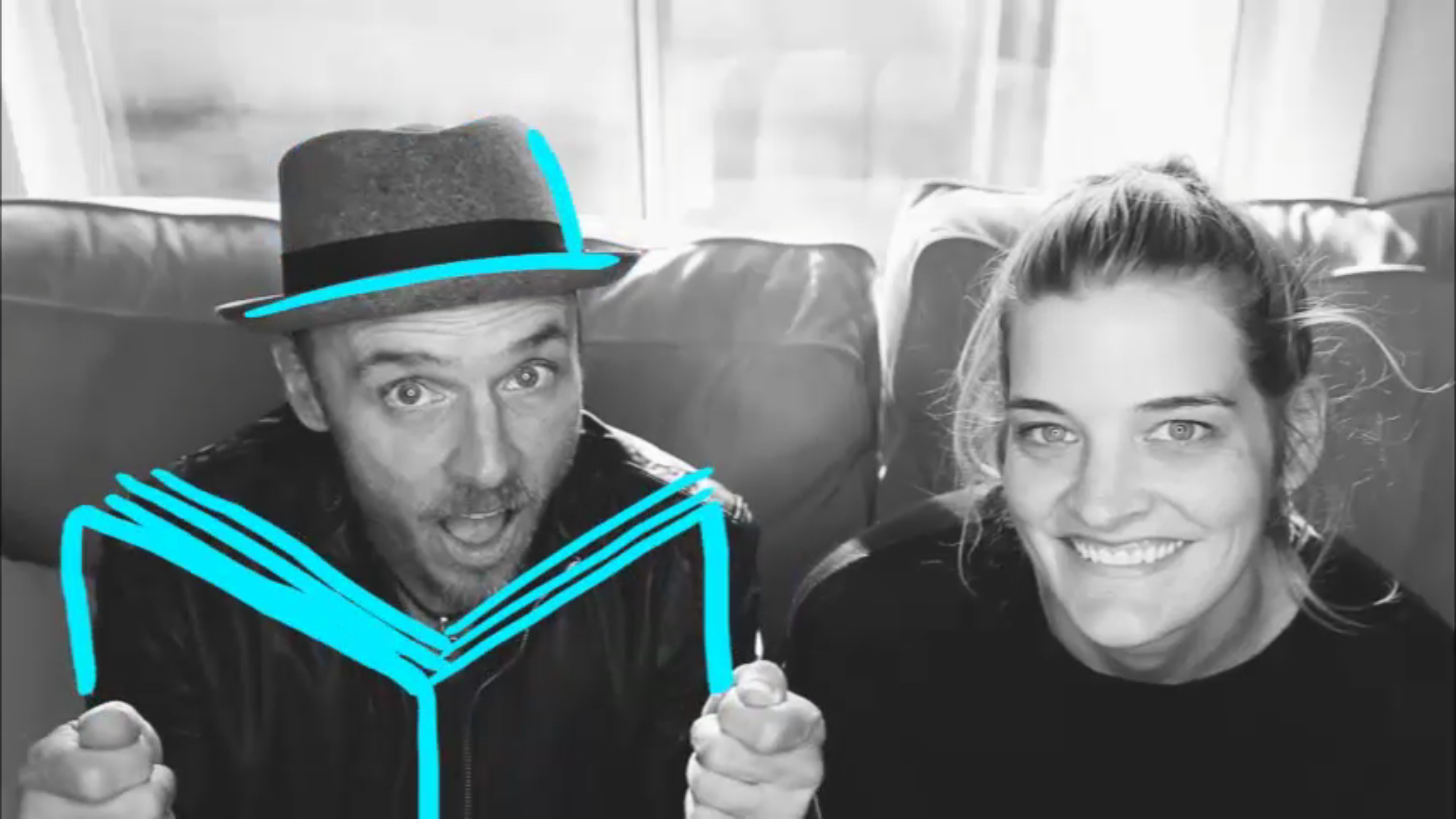Taking Pictures In Therapy
 By Sean O'SheaTherapy. It's a messy, uncomfortable, and often painful process. We all know going in that there's a good chance of tears, overwhelm, panic, uncertainty.A therapists gig is to help you dig down into the muck of your experiences, trauma, and pain, examine it all, process it all, feel it all, and then, by giving you new tools and support, hopefully help you move on in the most healthy fashion possible.Lots of folks avoid therapy because it's hard and often painful. It's much easier to distract ourselves with all manner of "stuff", and hope it will all be okay.But if you're willing to dive in, be vulnerable, and do the work, amazing things can happen. But there's no escaping the hard work, the discomfort, pain, and the challenge of the process.Do we always look happy in therapy? Are we always smiling and laughing? Is it the most fun point of your day? Probably not. Is it the most beneficial part of your day...probably.People in therapy are often found crying, trembling, overwhelmed and freaked out as they attempt to navigate their interior world.Breaking old patterns, finding new insights and awareness...all good stuff...good stuff that doesn't always look so good.I see rehab with dogs in much the same way I do therapy for humans. Are their differences? Of course. We can't have the same verbal conversations and we can't communicate emotions and best approaches for forward movement in the same way. But, are we working through trauma, anxiety, toxic patterns and beliefs? Absolutely.So knowing all that, why on earth would we expect a dog, who's going through major transformational stuff, to always look happy? Why would we expect these complex creatures to just happily, easily, and seamlessly adjust to their entire worlds changing? Shouldn't we expect some emotional fallout? Shouldn't we see some therapy-like discomfort and overwhelm as they attempt to navigate unchartered mental and behavioral waters?This is what always perplexes me. Folks want dogs to be trained and rehabbed and transformed...but they don't want the dog to have to experience any discomfort or uncertainty as they do so. They want the dogs to magically transform and skip all that nasty, not fun stuff. People freak out if they see a dog shaking as it lays in place or looking unsure or afraid. Even though all that's been done is that the dog's pattern's been blocked, or it's in a new environment, or it's simply not being allowed to act out as usual.The patterns being broken create temporary stress and anxiety. The dog, finding itself in unfamiliar territory is freaked out...just like the person on the couch in the therapists office. But even though we get it for us, we struggle seeing it with dogs.Of course the goal of therapy, or training, isn't to keep the human or dog in a state of discomfort and anxiety or stress. It's meant to be a gateway to the opposite - more comfort, less anxiety, less stress. But that takes time and growth. And neither species gets a free pass or a shortcut.And while it might be hard to watch dogs in an uncomfortable state, if we can see them in a deeper fashion (emotionally, pattern wise, trauma bearing etc.), and understand that they too have to go through difficult stuff to come out on the other side, we might just be able to see things a little differently.We see this arc of shock, confusion, adapting, processing, and growth constantly. It's not always pretty, and it's not always "done" by the time the dog goes home. Many dogs need months of continuous work to finally reach their comfy, happy, easy space. This is why some folks remark that dogs in our program don't always look "happy". I'm okay with that, I don't love it, just like I'm sure the therapist doesn't love seeing people in pain, but I do appreciate it, because I know it's leading the dog somewhere.Somewhere far better than where they were when they showed up.So the next time you see a picture or video of a dog being trained, and if the dog doesn't look ecstatic and bouncy, take a moment, learn what the dog came in with, what's being worked on, and maybe you'll be able to see that he's going through a process, a transformation. One that's unfinished.
By Sean O'SheaTherapy. It's a messy, uncomfortable, and often painful process. We all know going in that there's a good chance of tears, overwhelm, panic, uncertainty.A therapists gig is to help you dig down into the muck of your experiences, trauma, and pain, examine it all, process it all, feel it all, and then, by giving you new tools and support, hopefully help you move on in the most healthy fashion possible.Lots of folks avoid therapy because it's hard and often painful. It's much easier to distract ourselves with all manner of "stuff", and hope it will all be okay.But if you're willing to dive in, be vulnerable, and do the work, amazing things can happen. But there's no escaping the hard work, the discomfort, pain, and the challenge of the process.Do we always look happy in therapy? Are we always smiling and laughing? Is it the most fun point of your day? Probably not. Is it the most beneficial part of your day...probably.People in therapy are often found crying, trembling, overwhelmed and freaked out as they attempt to navigate their interior world.Breaking old patterns, finding new insights and awareness...all good stuff...good stuff that doesn't always look so good.I see rehab with dogs in much the same way I do therapy for humans. Are their differences? Of course. We can't have the same verbal conversations and we can't communicate emotions and best approaches for forward movement in the same way. But, are we working through trauma, anxiety, toxic patterns and beliefs? Absolutely.So knowing all that, why on earth would we expect a dog, who's going through major transformational stuff, to always look happy? Why would we expect these complex creatures to just happily, easily, and seamlessly adjust to their entire worlds changing? Shouldn't we expect some emotional fallout? Shouldn't we see some therapy-like discomfort and overwhelm as they attempt to navigate unchartered mental and behavioral waters?This is what always perplexes me. Folks want dogs to be trained and rehabbed and transformed...but they don't want the dog to have to experience any discomfort or uncertainty as they do so. They want the dogs to magically transform and skip all that nasty, not fun stuff. People freak out if they see a dog shaking as it lays in place or looking unsure or afraid. Even though all that's been done is that the dog's pattern's been blocked, or it's in a new environment, or it's simply not being allowed to act out as usual.The patterns being broken create temporary stress and anxiety. The dog, finding itself in unfamiliar territory is freaked out...just like the person on the couch in the therapists office. But even though we get it for us, we struggle seeing it with dogs.Of course the goal of therapy, or training, isn't to keep the human or dog in a state of discomfort and anxiety or stress. It's meant to be a gateway to the opposite - more comfort, less anxiety, less stress. But that takes time and growth. And neither species gets a free pass or a shortcut.And while it might be hard to watch dogs in an uncomfortable state, if we can see them in a deeper fashion (emotionally, pattern wise, trauma bearing etc.), and understand that they too have to go through difficult stuff to come out on the other side, we might just be able to see things a little differently.We see this arc of shock, confusion, adapting, processing, and growth constantly. It's not always pretty, and it's not always "done" by the time the dog goes home. Many dogs need months of continuous work to finally reach their comfy, happy, easy space. This is why some folks remark that dogs in our program don't always look "happy". I'm okay with that, I don't love it, just like I'm sure the therapist doesn't love seeing people in pain, but I do appreciate it, because I know it's leading the dog somewhere.Somewhere far better than where they were when they showed up.So the next time you see a picture or video of a dog being trained, and if the dog doesn't look ecstatic and bouncy, take a moment, learn what the dog came in with, what's being worked on, and maybe you'll be able to see that he's going through a process, a transformation. One that's unfinished.
CONNECT WITH US ON Facebook, Twitter, Instagram, and YouTube for more training insights, tips, our free weekly Q&A Saturday, and community interaction!Our groundbreaking, game-changing dog training book The Good Dog Way: Love Them By Leading Them is now available for order! Click HERE to order your copy!CLICK THE PICTURE BELOW TO WATCH THE BOOK TEASER!

